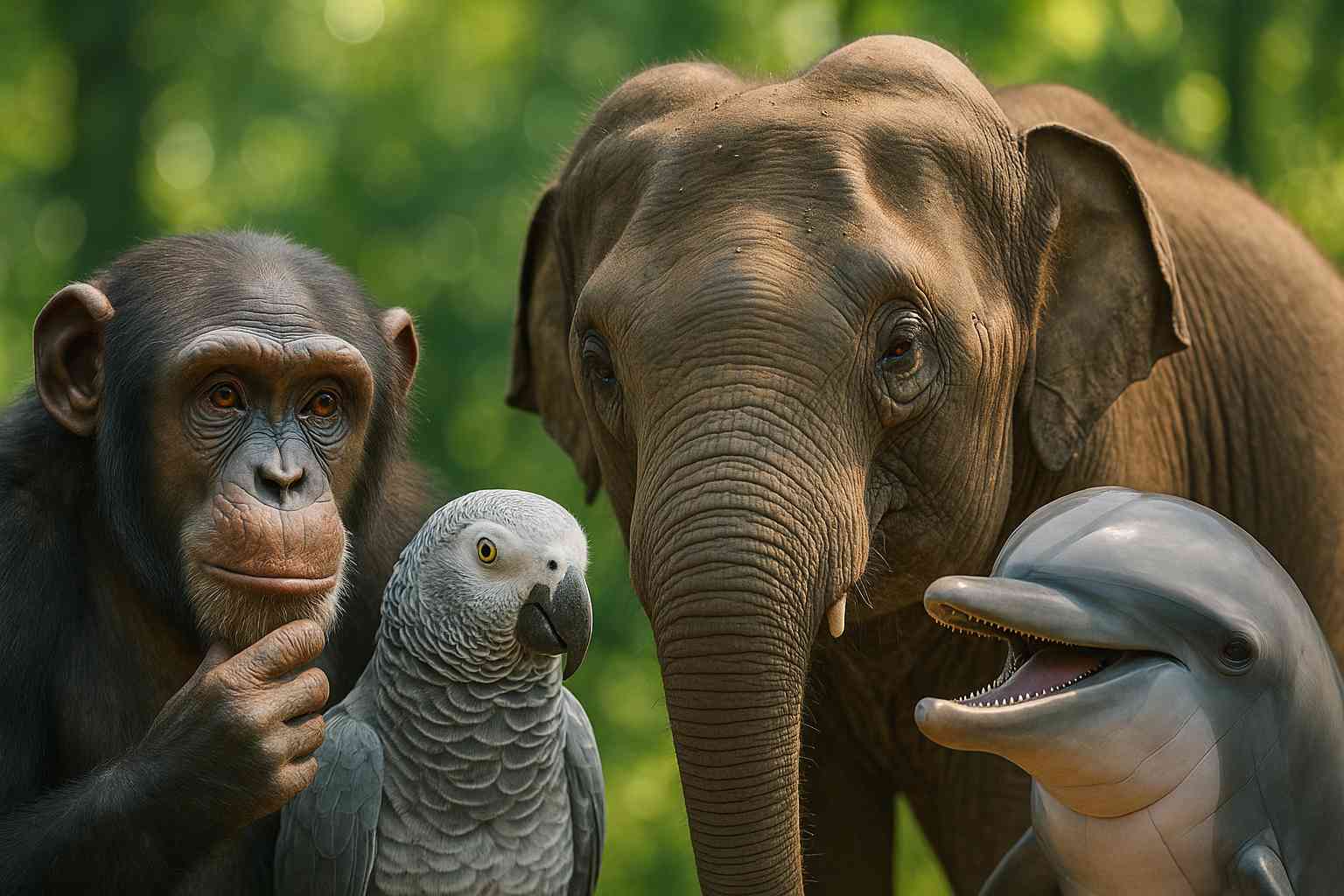From solving puzzles to navigating complex social dynamics, animals often surprise us with their remarkable mental abilities. Research continues to reveal how creatures great and small possess cognitive skills once thought exclusive to humans. These feats of animal intelligence not only fascinate scientists but also offer insights into evolution, communication, and even how we define consciousness itself.
1. Chimpanzees
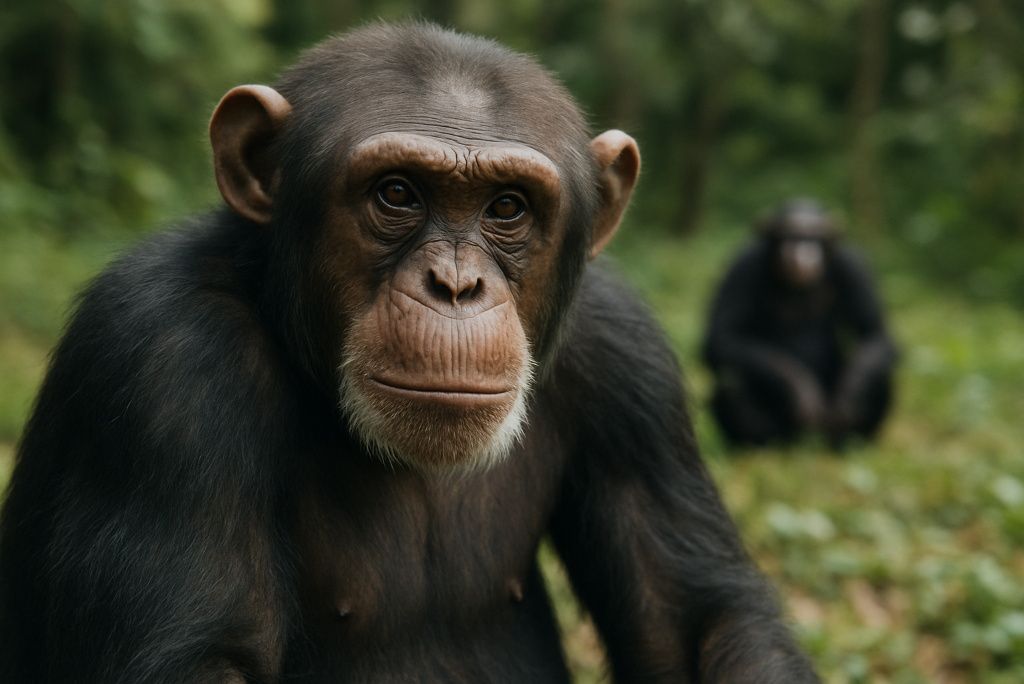
Chimpanzees are renowned for their intelligence, displaying sophisticated problem-solving, tool use, and social strategies. In the wild, they craft tools from sticks to extract termites or crack nuts with stone hammers, showcasing planning and foresight. Studies show chimps can recall number sequences faster than humans, suggesting extraordinary working memory.
They also display complex emotions like empathy and grief, strengthening social bonds within troops. For instance, chimps comfort distressed companions—a trait once considered uniquely human. Researchers study chimp cognition to understand the roots of human language and culture. You can read more about their astonishing abilities in this article from National Geographic.
2. Dolphins
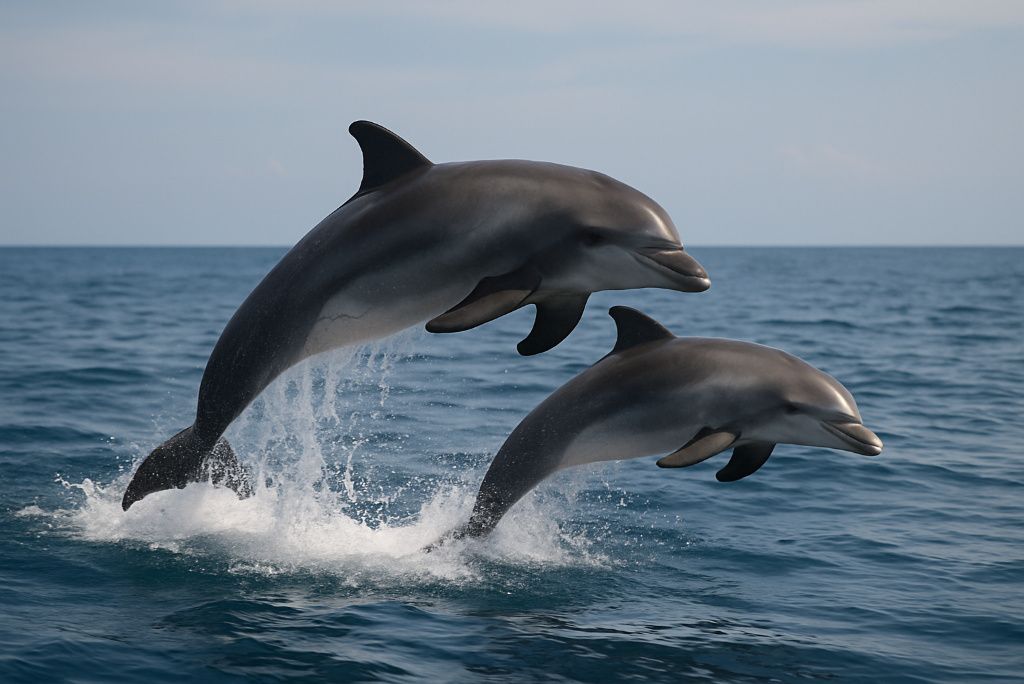
Dolphins boast incredible intelligence and are known for problem-solving, mimicry, and complex communication. They can recognise themselves in mirrors, a sign of self-awareness rare among animals. In the wild, dolphins coordinate hunts using elaborate tactics, like encircling fish with bubbles. Some even carry sea sponges on their snouts as tools to protect against sharp coral while foraging.
Research has recorded unique signature whistles, suggesting dolphins use names to identify each other. Such cognitive skills are comparable to those of great apes, indicating advanced brain development. Learn more about dolphin intelligence through.
3. Elephants
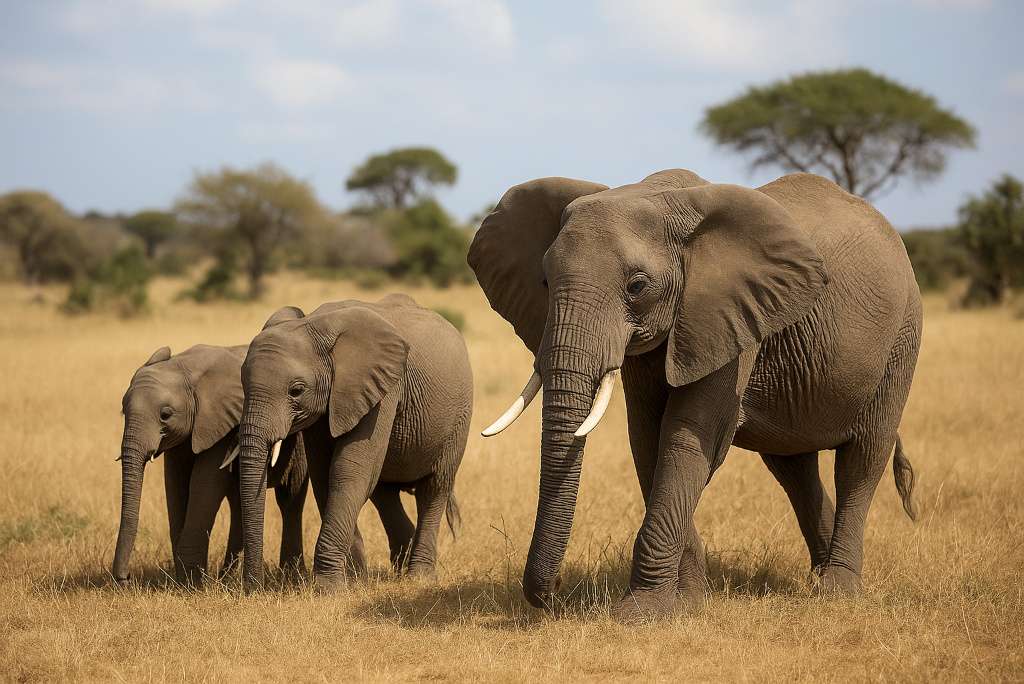
Elephants are gentle giants with a reputation for emotional depth and problem-solving skills. They recognise themselves in mirrors, showing self-awareness, and have excellent memory—a trait behind the saying “an elephant never forgets.” In times of drought, matriarchs remember distant waterholes, guiding their herds to survival.
Elephants also display grief, lingering near deceased companions and touching bones gently with their trunks. They can learn commands, paint pictures, and use tools like branches to swat flies. These traits have led scientists to compare elephant intelligence to that of primates and cetaceans. The Smithsonian Magazine offers more fascinating details.
4. African Grey Parrots
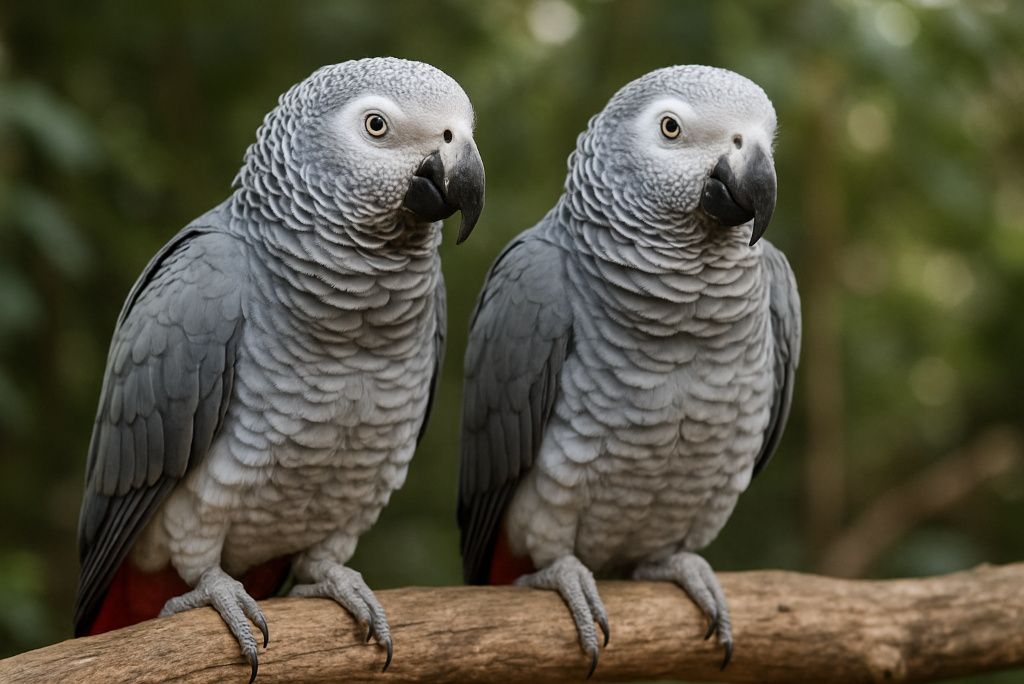
African Grey parrots are hailed as the brainiacs of the bird world, capable of learning hundreds of words and using them meaningfully. The famous parrot Alex, studied by Dr. Irene Pepperberg, demonstrated an understanding of concepts like colour, shape, number, and even zero. African Greys can mimic sounds with startling accuracy, helping researchers explore avian cognition. These parrots can problem-solve, express preferences, and show understanding of cause and effect. Compared to primates, their linguistic and cognitive abilities are truly extraordinary for a bird.
5. Crows
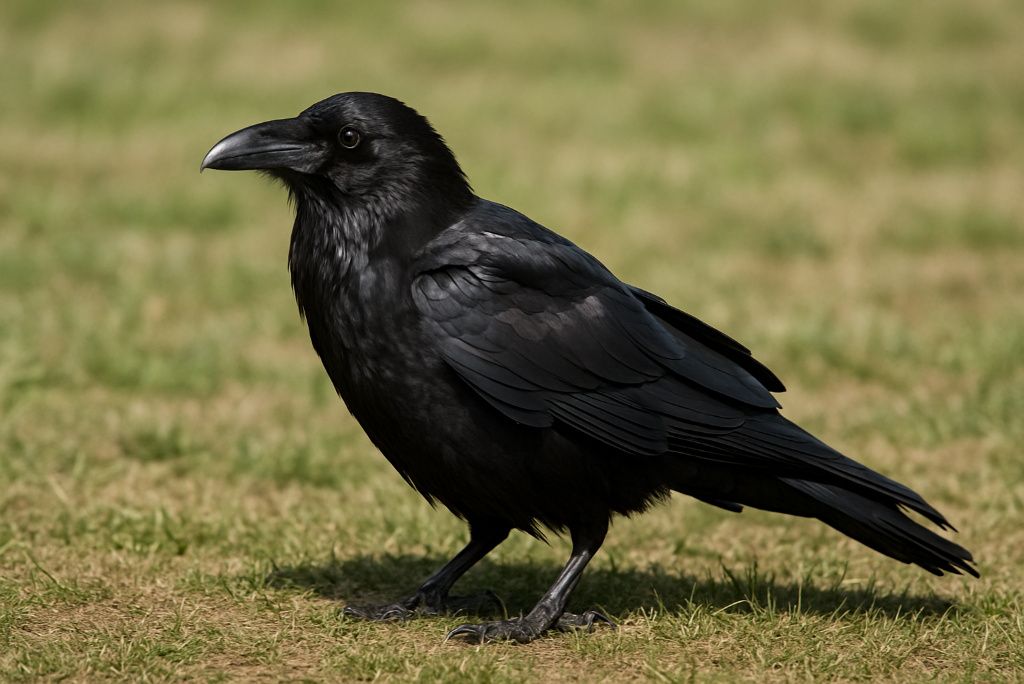
Crows are astonishingly intelligent, known for tool use and impressive memory. They can bend wires into hooks to retrieve food from tubes—a problem-solving feat few animals achieve. Crows remember human faces and can even pass warnings about dangerous people to other crows, suggesting a sophisticated social memory network. Experiments show crows plan for the future and weigh different options to maximise rewards, comparable to great apes’ decision-making skills. Their intelligence makes them stars of animal cognition research.
6. Pigs
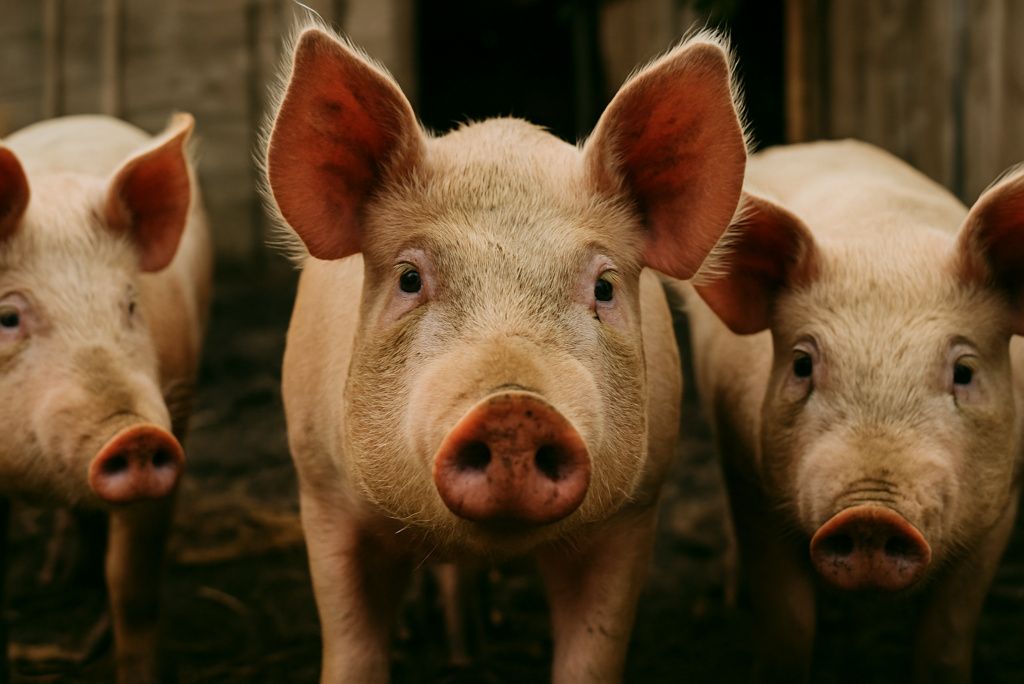
Pigs are highly intelligent animals, ranking among the smartest domesticated species. Studies show pigs can solve mazes, learn symbols for actions, and even play video games with joysticks—tasks requiring strong spatial and conceptual learning.
They exhibit emotional complexity, recognising individuals and showing empathy toward distressed companions. Despite their reputation, pigs often surpass dogs in certain cognitive tasks, sparking debates about how society views farm animals. Their intelligence has implications for animal welfare and ethical treatment.
7. Octopuses
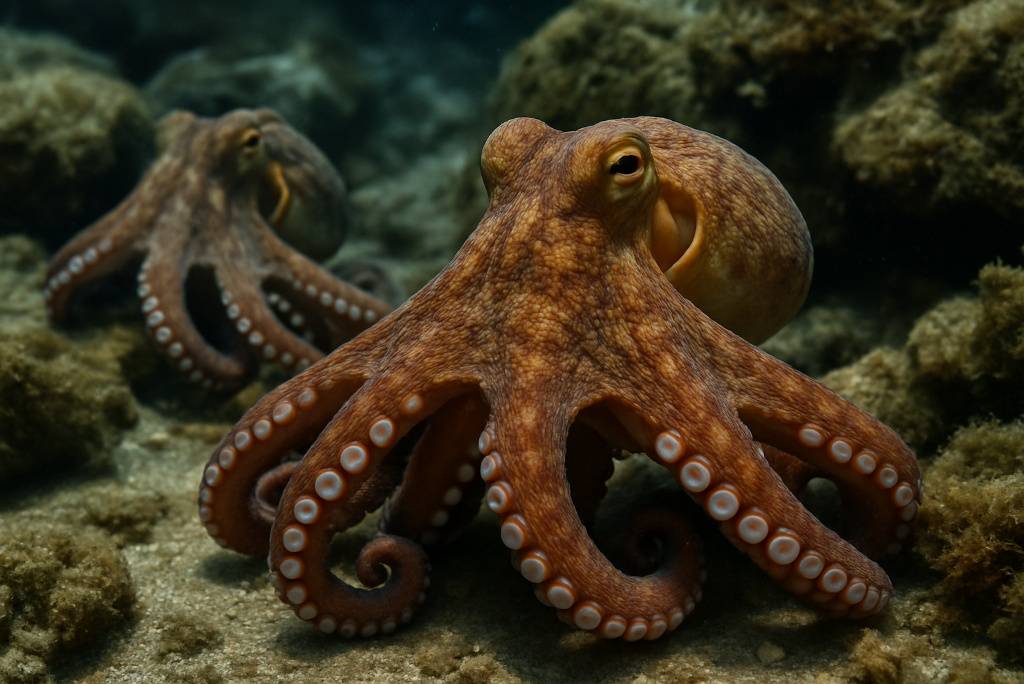
Octopuses are invertebrate geniuses, solving puzzles, escaping enclosures, and manipulating objects with remarkable dexterity. They navigate mazes, unscrew jar lids to reach prey, and even use coconut shells as mobile shelters—an example of tool use once thought impossible for molluscs. Octopuses possess large brains relative to their body size, and two-thirds of their neurones reside in their arms, enabling independent arm decision-making. Such intelligence raises intriguing questions about consciousness in non-vertebrates.
8. Dogs

Dogs demonstrate intelligence through emotional sensitivity, problem-solving, and understanding human gestures and language. Border Collies like Chaser have learnt over a thousand words, while others excel at interpreting subtle human cues. Dogs can read emotions from facial expressions, a trait crucial for cooperation with humans. They perform jobs like guiding the blind, detecting medical conditions, and rescuing disaster victims, showcasing practical intelligence. While not as cognitively complex as apes, dogs’ social intelligence is exceptional.
9. Rats
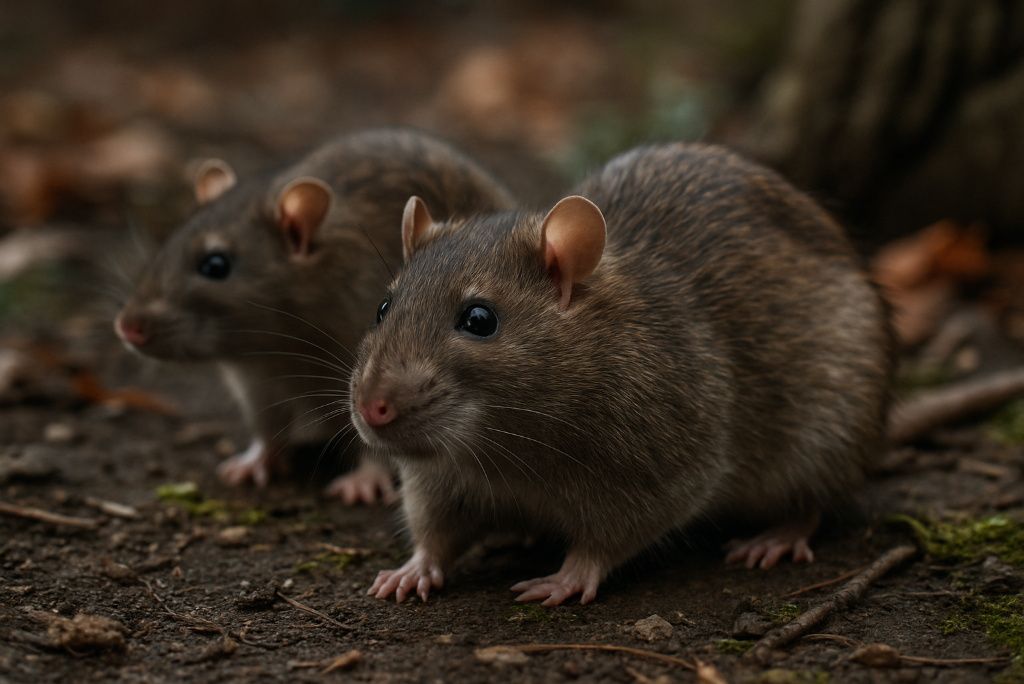
Rats are smart, curious creatures often used in scientific research for their learning abilities and problem-solving skills. They can navigate complex mazes, learn tricks, and even show empathy by freeing trapped cage-mates. In experiments, rats have been observed making decisions based on uncertainty, suggesting a level of metacognition—thinking about thinking—once thought to be uniquely human. Their intelligence has earned them comparisons to primates for some cognitive tasks.
10. Orangutans
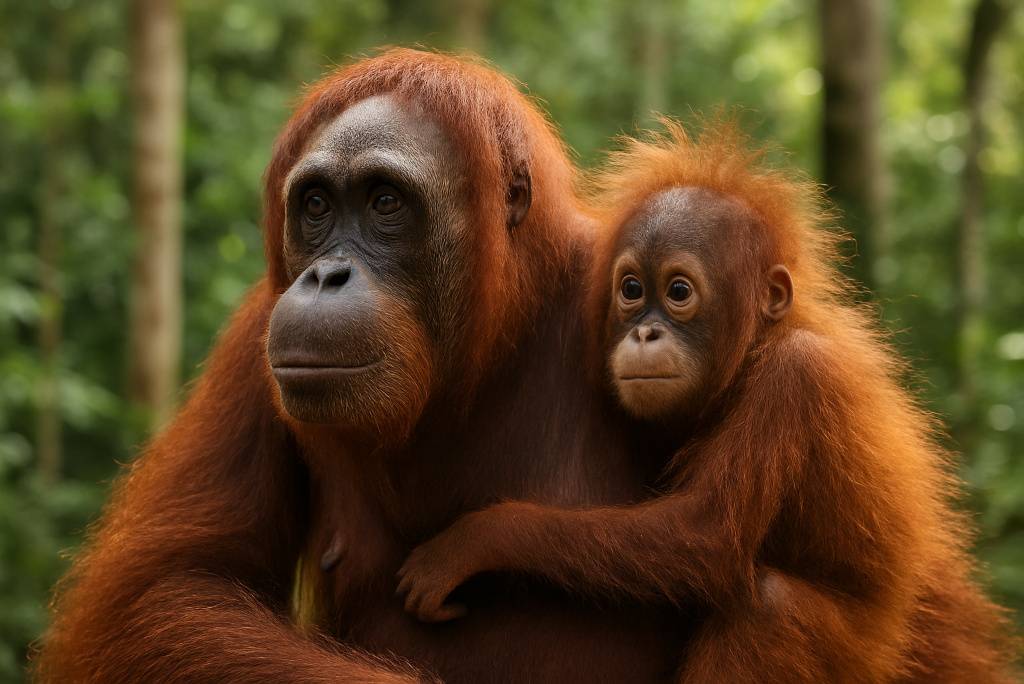
Orangutans are highly intelligent great apes, known for crafting tools, learning sign language, and solving intricate problems. In the wild, they build elaborate sleeping nests and use sticks to extract insects or open fruit. Captive orangutans have learnt to use syphons and even lock-picking tools. Their intelligence extends to cultural learning, as behaviours are passed through generations. Orangutans’ cognition is often compared to that of chimpanzees, reflecting deep evolutionary roots.
11. Horses
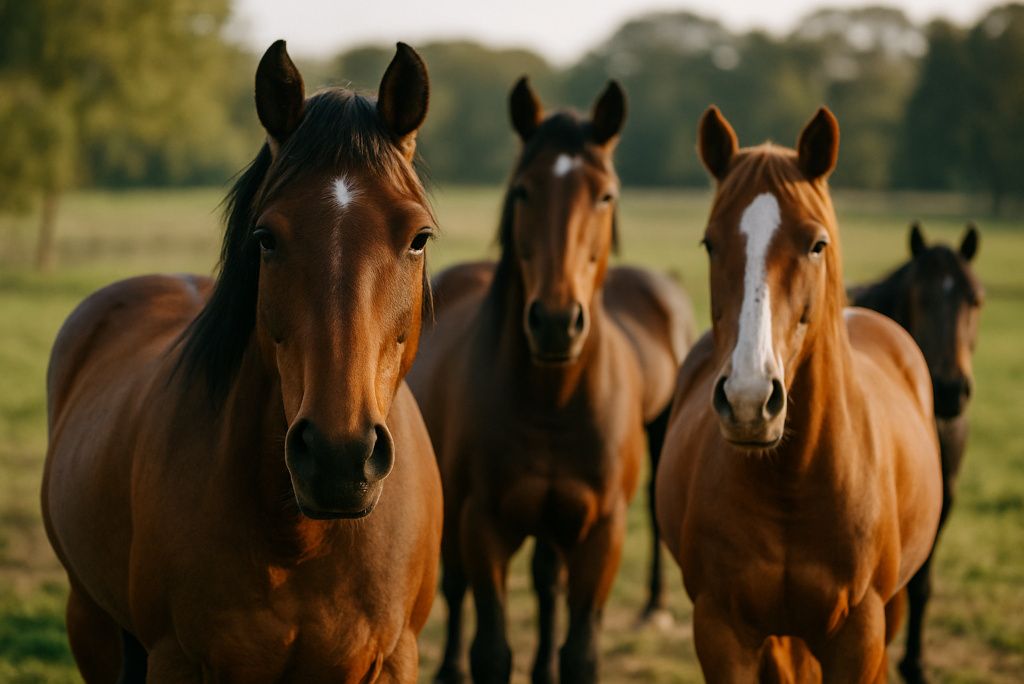
Horses possess keen social intelligence and strong memory, recognising people and remembering training for years. Studies show horses understand human gestures and can communicate needs by pointing with their muzzles or moving objects to attract attention. They can differentiate facial expressions and respond to emotional cues, influencing training and care practices. Compared to dogs, horses display similar social cognition, crucial for herd dynamics and human interaction.
12. Bees
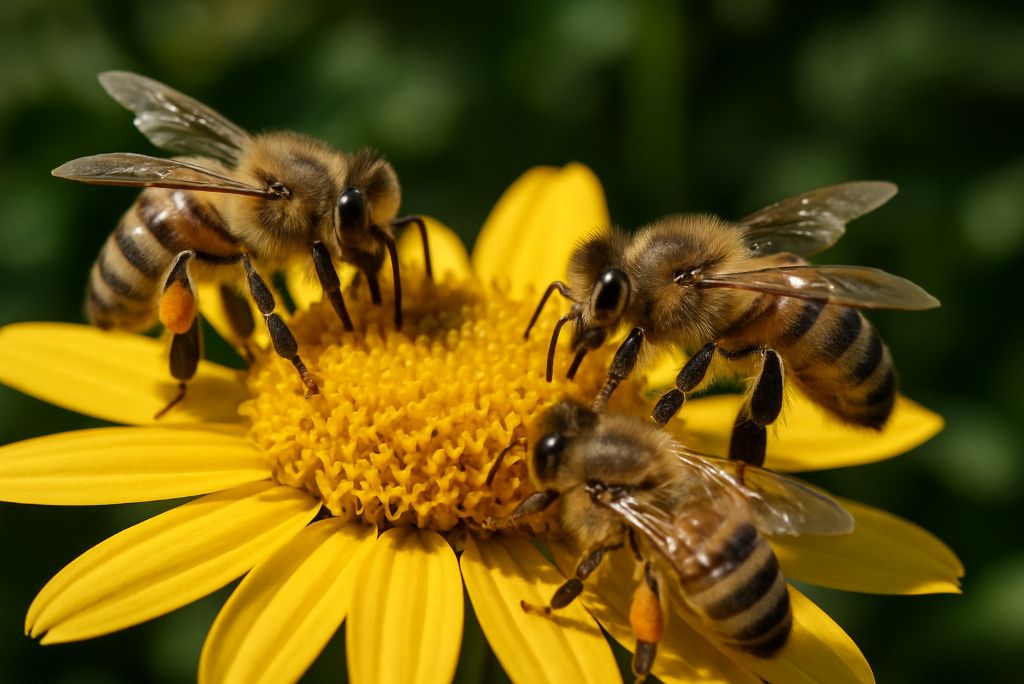
Bees demonstrate surprising intelligence despite their tiny brains. They can learn complex tasks, such as distinguishing human faces or understanding the concept of zero. Bees communicate through the waggle dance to share information about food locations, showcasing sophisticated spatial memory. Experiments have shown bees can solve puzzles for rewards, indicating learning and problem-solving skills. Such abilities rival those of far larger-brained animals in specific contexts.
13. Sea Lions

Sea lions exhibit impressive cognitive abilities, excelling at problem-solving and complex tasks. Researchers have trained them to understand simple syntax, recognise symbols, and even perform logical reasoning. One famous study demonstrated that sea lions could grasp the concept of sameness and difference—a skill linked to higher cognition. Their intelligence makes them stars in marine shows but also key subjects in cognition studies, revealing how brains evolve in social, aquatic animals.
14. Ravens
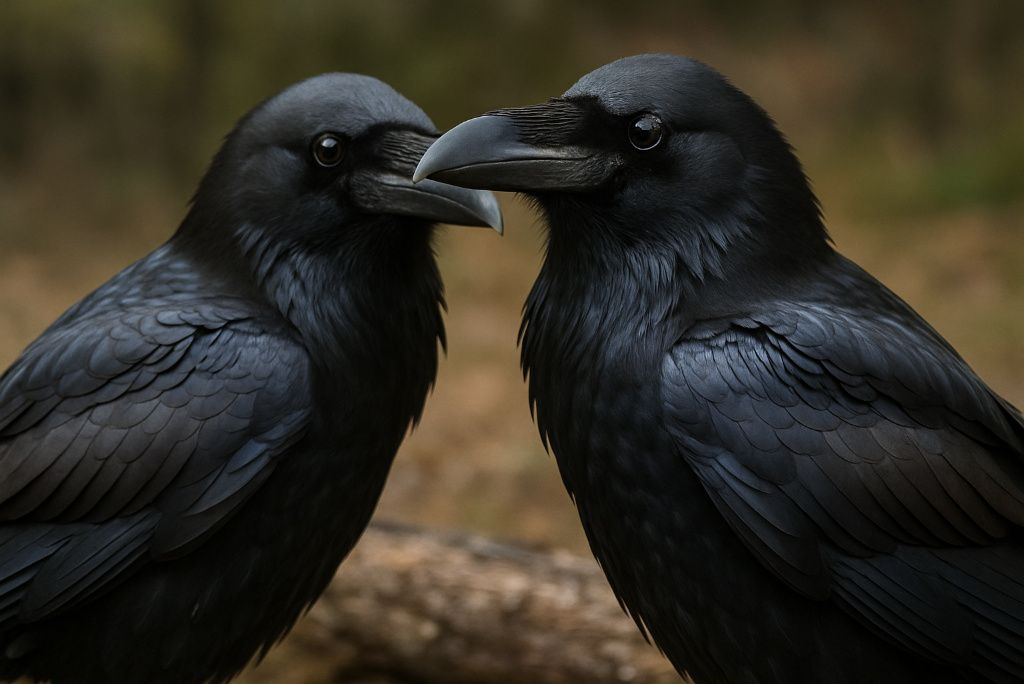
Ravens, like their crow relatives, are known for problem-solving and social intelligence. They plan for the future, use tools, and even deceive other ravens to protect food caches. Studies show ravens can understand cause and effect and anticipate the actions of others, hinting at complex theory of mind capabilities. In many cultures, ravens are symbols of wisdom, a reputation rooted in genuine cognitive prowess.
15. Cats
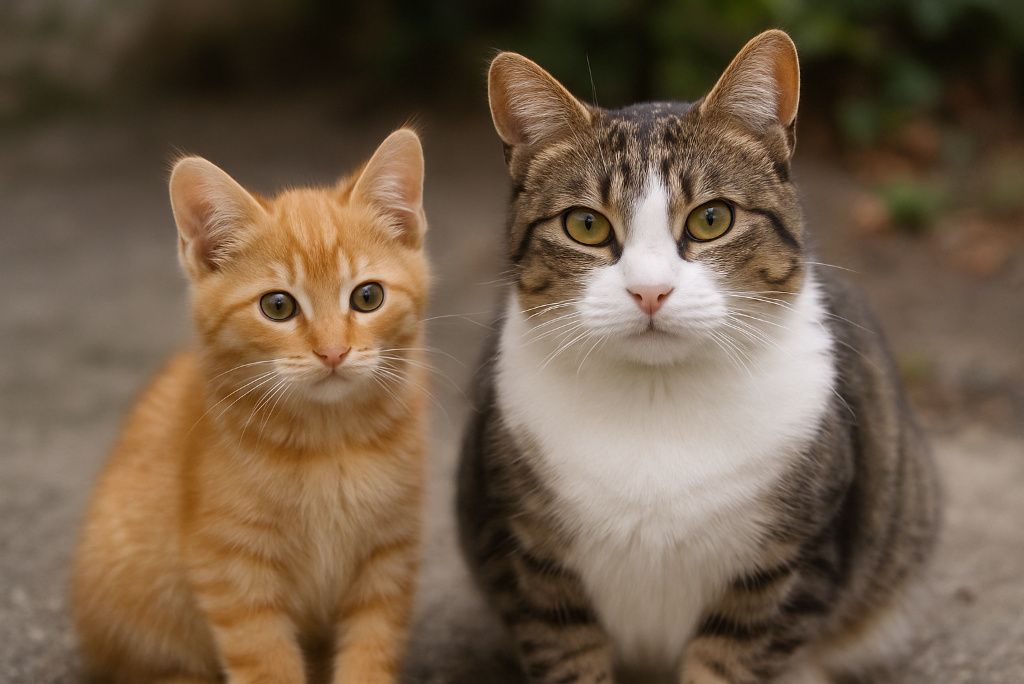
Cats are intelligent in ways often underestimated. They can solve puzzles, learn tricks, and form strong bonds with humans, although their independent nature can make training challenging. Cats recognise their names, understand routines, and communicate using body language and vocalisations. Studies show cats can read human emotions and adjust their behaviour accordingly. While not as overtly obedient as dogs, cats’ intelligence is adapted for solitary hunting and complex environments.

